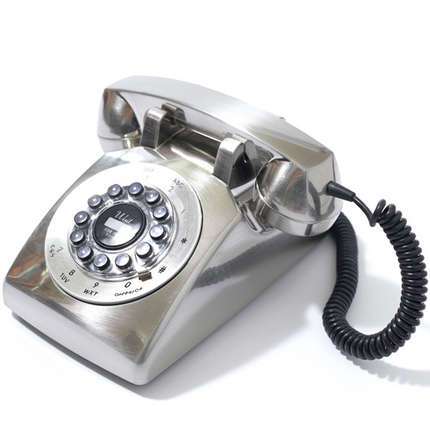- Agree an aim, a vision for good care
- Get a team together, find our patients by using simple tools
- Do the same things with them every time (CGA) as early as possible
- Evaluate what we are doing and embed the good and leave what’s not working

Simon Conroy and I came up with it on a train-ride back from an AFN set-up meeting. We wondered what it would look like if we had the same response to a frailty crisis as we do for a heart attack or a stroke. Or trauma, where a senior team is pre-alerted, ready to deliver care the moment a patient arrives. Which led on to a discussion about why is it different if you develop a delirium? Another emergency needing urgent diagnosis and care.
At a recent meeting a colleague presenting silenced the room: “how dare we let frail older people wait for assessment then sit decompensating in a hospital bed.” I agree. Further, how can we continue to accept the variation in care depending on which team is on that day. The ‘how we do our work’ stands with equal importance as ‘what we do at work’.
So what? What can we do? Nationally reported targets can work. There isn’t one for ‘time to CGA’. You are all developing this now, which is great, and will continue to be a measurement goal through the future of the AFN. The question was ‘can we get a movement?’ How about we promise ourselves, our patients and our teams to change the way we deliver this care? To work, the promises need to be public, active, voluntary, explicit and mission-based (http://tinyurl.com/p35uqmv). Let’s talk about this, simple messages, tweet, present, influence and continue to improve the way we deliver care to frail older people across the country. @AcuteFrailty


